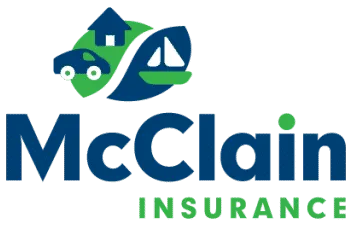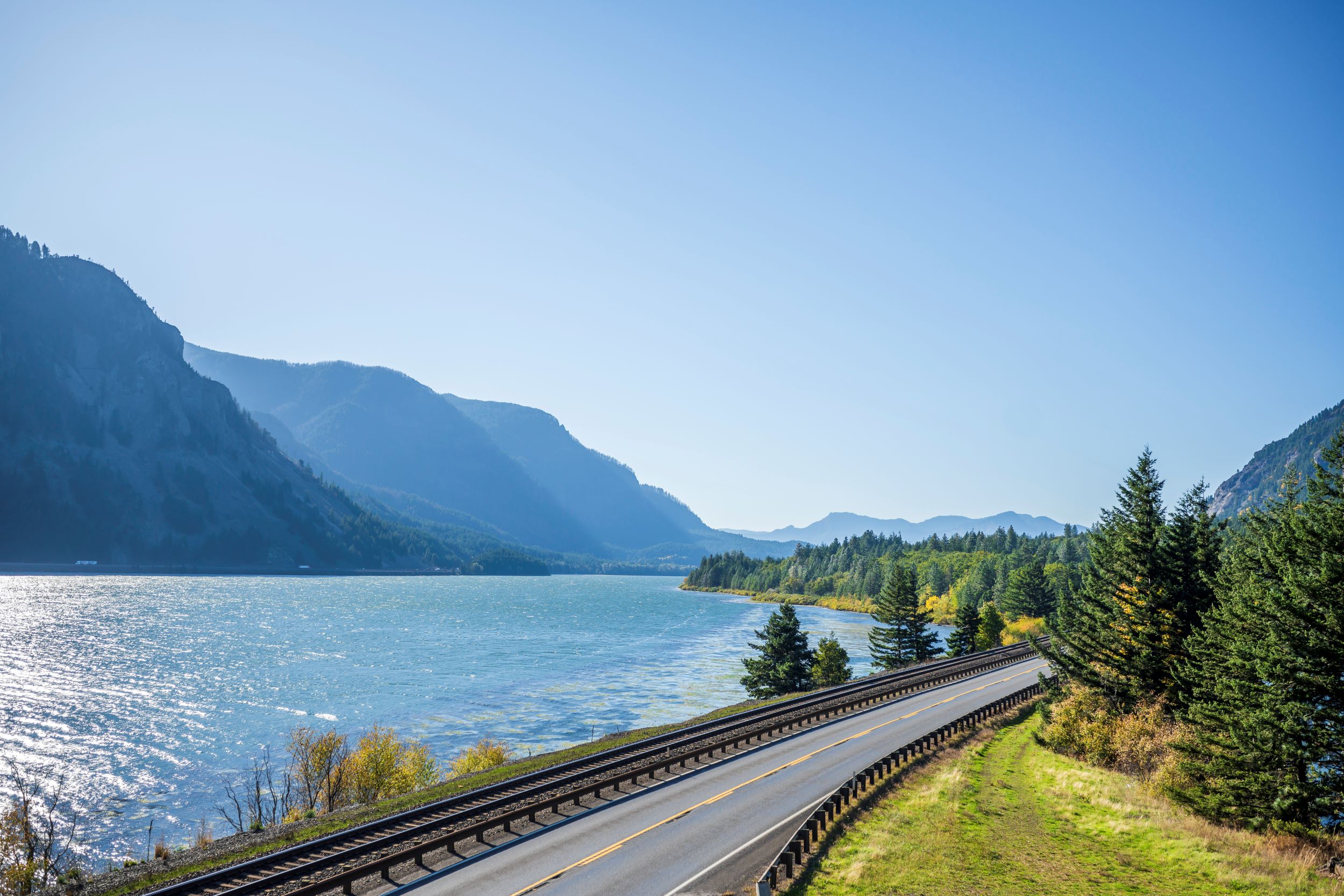The WSDOT recently published a press release about a small team of claims investigators that saves Washington taxpayers millions of dollars every year by tracking down police accident reports and matching them to existing damage to guardrails, bridges, and road barriers. Last year, $ 6.9 million were recovered thanks to their efforts.
Would your insurance cover you if you accidentally caused damage to public roads? Call 425-379-9200 to review your protection plan!! We’re here to help!
OLYMPIA – Motorists seldom need to drive far on the highway to see it – a dented stretch of guardrail, a busted strand of cable barrier or chunks of concrete chipped off the underside of a bridge.
It’s the Washington State Department of Transportation’s job to fix the damage, but who pays for it? Typically, state taxpayers foot the bill through gas taxes, but more often, the person who caused the damage picks up the tab. Recovered costs help stretch transportation dollars further to keep highways maintained and save taxpayers cash.
WSDOT estimates an annual average of $9.3 million in damage occurs to state highways and other facilities, such as rest areas. The agency has a team of investigators who research damage cases statewide. They match up by location highway workers’ reports of damage with Washington State Patrol accident reports.
Guardrail destruction is the most frequent type of damage, and claims average about $2,100. During the last fiscal year, the investigative team collected some 3,600 payments for all types of damages, recovering $6.9 million to help pay for materials, labor and equipment needed to keep bridges sound and highways safe.
Other times, the damage to transportation facilities is quite severe. For example, WSDOT last year recovered $975,000 for damages to the Interstate 82 Naches River bridge near Yakima. The incident happened in 2006, when a semi driver tried to cross the bridge after part of a tree-limb cutter he was hauling broke loose. The cutter’s boom slammed into the bridge and caused considerable damage to the bridge’s overhead crossbeams. The claim helped pay for design and contract work for emergency and permanent repairs and other related expenses. Two years after repairs were completed, WSDOT and the insurance companies reached a negotiated settlement.
At times the cases go unresolved. In situations like a broken cable barrier, workers frequently find the cable did its job by stopping the vehicle, but the driver simply went on their way without reporting it. Other times, when more than one vehicle is involved, the driver that damaged the guardrail might have swerved due to the actions of another driver. WSDOT files an incident claim only when a responsible party is clearly identified.
###

